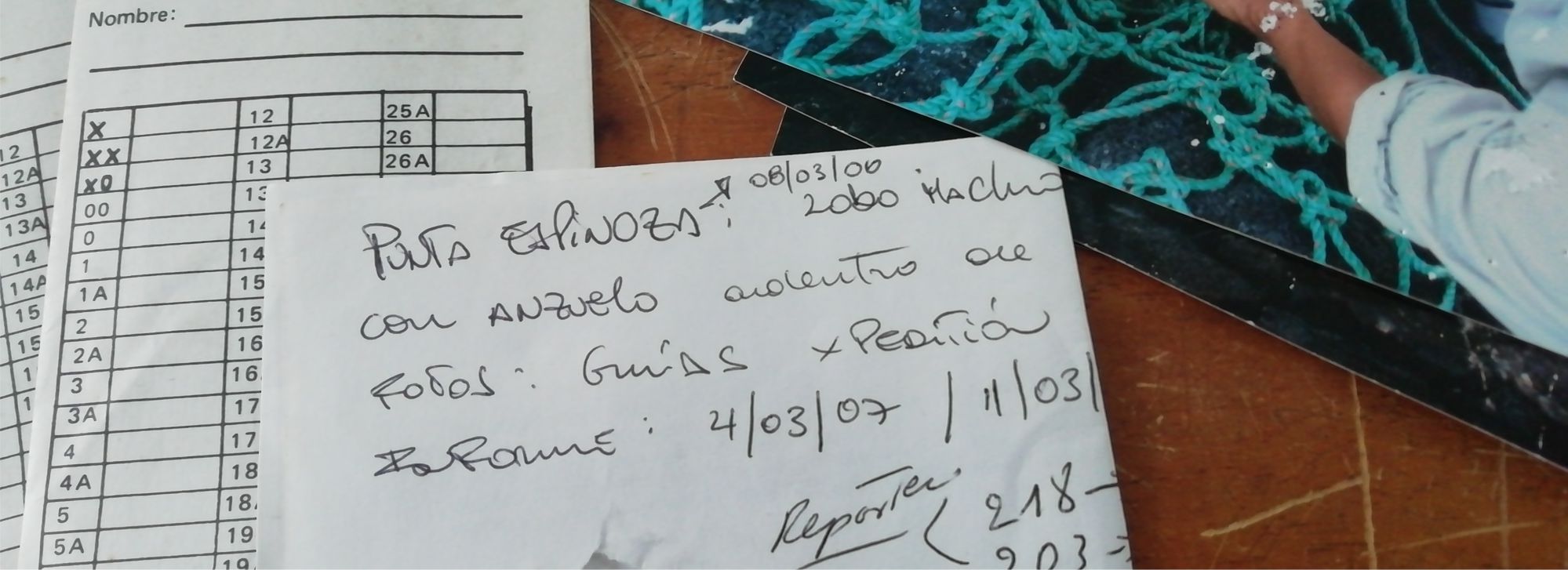Animals in trouble
Among the different elements that can be preserved within knowledge & memory management institutions (i.e. archives, museums and libraries), a wide and diverse series of relationships can be established: links and dialogues that allow the creation of potential narrative lines.
For, when placed together, the pieces tell a story: they account for a moment, an event or a process — which, on many occasions, cannot be told except through this type of interaction.
Such is the case of a set of three-dimensional objects, audiovisuals documents, and manuscripts kept at the Charles Darwin Foundation's (CDF) Library, Archive and Museum. The first one would belong to the museum, the second to the library, and the third to the archive. Each of them could be considered, separately, as interesting pieces. However, they achieve their full potential by being united. And they unfold the story of Galapagos' animals hurt as a consequence of human actions, and how naturalist guides, National Park rangers and CDF scientists helped them.
The series of three-dimensional objects mainly includes hooks and fishing lines of different sizes and gauges. Such items were generally recovered from turtles and sea lions that were hooked or entangled in them. For their part, audiovisual documents (in general, color photographs) give an account of the injured animal and, on occasions, of the liberation process and its actors (and actresses). Finally, the handwritten documents are short notes, sometimes scribbled on makeshift scraps of paper, where the fact, date, and location were recorded.
The line illustrated here includes a large steel hook (such as those used for fishing albacore, tuna and similar pieces), three color photographs showing the affected animal (a male sea lion), and a handwritten note on a fragment of paper that, in other circumstances, would not even be considered as a valid document.
The note reads: "Punta Espinoza, 03/08/00. Male sea lion with hook. Photos: Xpedition Guides". The animal was, then, found by the guides of a tourist tour, two decades ago, in the north end of Fernandina Island.
This line intersects with many other similar ones, where many documents combine, accounting for various rescue events of injured animals over time. And, all together, they build a history of protection, conservation and commitment made of many tiles, many of them ignored and sometimes considered "insignificant", but not less valuable.
Aa.Vv. [Salvage of a sea lion]. [Artifact + photograph + manuscript]. [N.d.] : Aa.Vv., [2000]. 3 pp. : col. ill. : [n.d.]. DDC 508. Well preserved.
Subject categories: Conservation | History of Galapagos | History of science
Keywords: Artifacts | Endangered animals | Manuscripts | Objects | Photos
Time framework: 2000
Text & picture: Edgardo Civallero (edgardo.civallero@fcdarwin.org.ec).
Publication date: 1 December 2021
Last update: 1 December 2021
